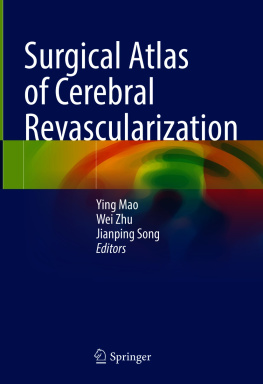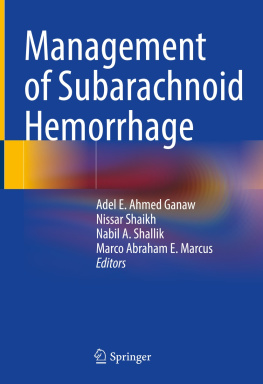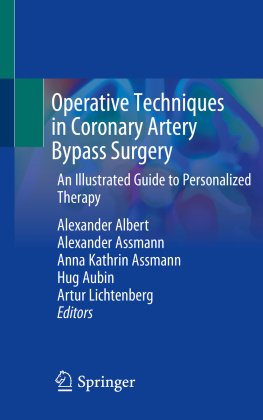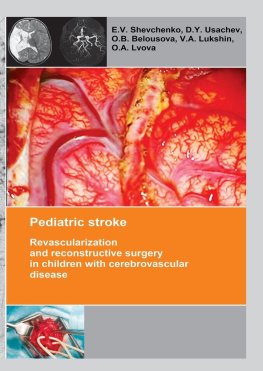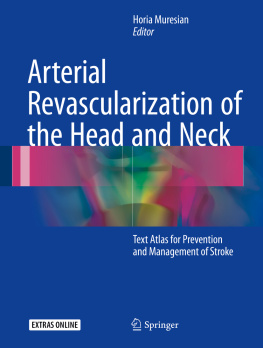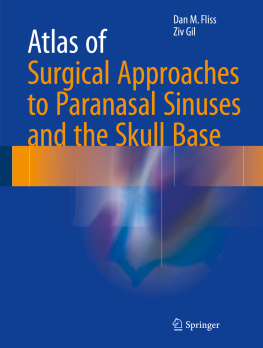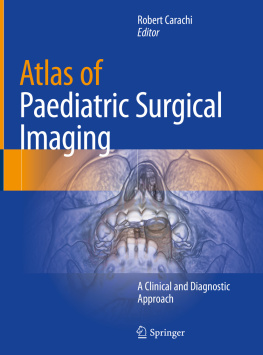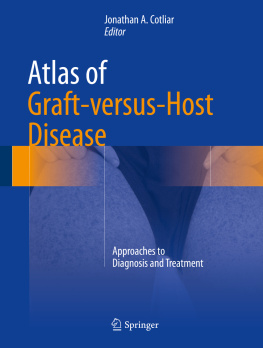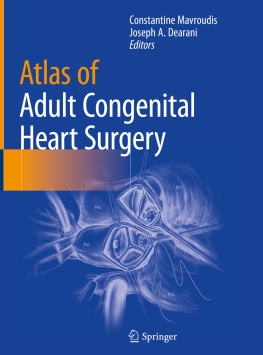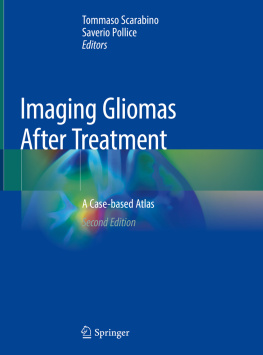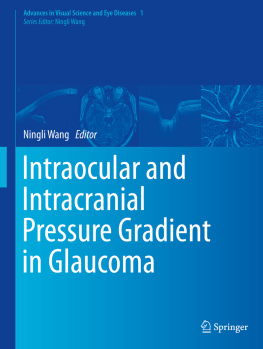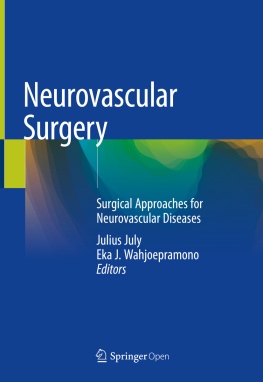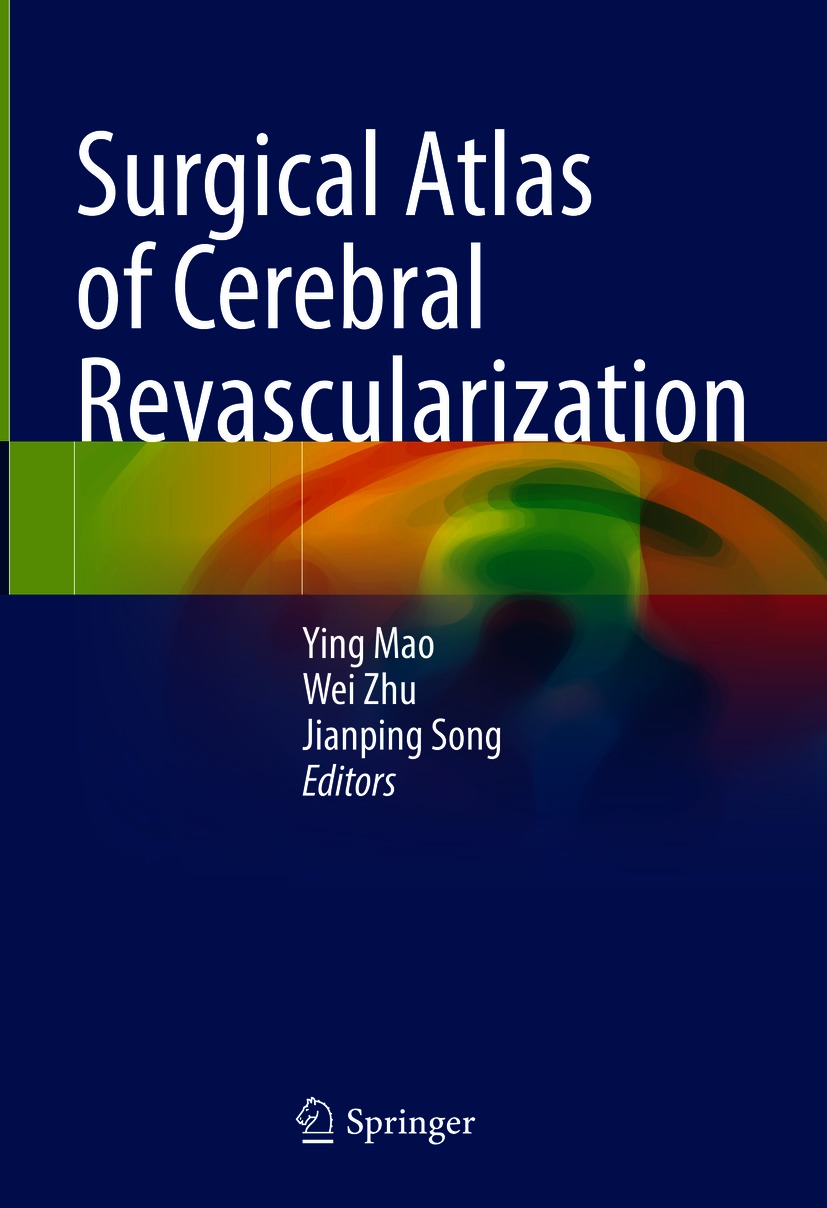Editors
Ying Mao , Wei Zhu and Jianping Song
Surgical Atlas of Cerebral Revascularization
1st ed. 2021

Logo of the publisher
Editors
Ying Mao
Department of Neurosurgery, Huashan Hospital, Shanghai Medical College, Fudan University, Shanghai, China
Wei Zhu
Department of Neurosurgery, Huashan Hospital, Shanghai Medical College, Fudan University, Shanghai, China
Jianping Song
Department of Neurosurgery, Huashan Hospital, Shanghai Medical College, Fudan University, Shanghai, China
ISBN 978-981-16-0373-0 e-ISBN 978-981-16-0374-7
https://doi.org/10.1007/978-981-16-0374-7
The Editor(s) (if applicable) and The Author(s), under exclusive license to Springer Nature Singapore Pte Ltd. 2021
This work is subject to copyright. All rights are solely and exclusively licensed by the Publisher, whether the whole or part of the material is concerned, specifically the rights of translation, reprinting, reuse of illustrations, recitation, broadcasting, reproduction on microfilms or in any other physical way, and transmission or information storage and retrieval, electronic adaptation, computer software, or by similar or dissimilar methodology now known or hereafter developed.
The use of general descriptive names, registered names, trademarks, service marks, etc. in this publication does not imply, even in the absence of a specific statement, that such names are exempt from the relevant protective laws and regulations and therefore free for general use.
The publisher, the authors and the editors are safe to assume that the advice and information in this book are believed to be true and accurate at the date of publication. Neither the publisher nor the authors or the editors give a warranty, expressed or implied, with respect to the material contained herein or for any errors or omissions that may have been made. The publisher remains neutral with regard to jurisdictional claims in published maps and institutional affiliations.
This Springer imprint is published by the registered company Springer Nature Singapore Pte Ltd.
The registered company address is: 152 Beach Road, #21-01/04 Gateway East, Singapore 189721, Singapore
Preface
We aim to summarize the current surgical strategies for cerebral revascularization in the treatment of complex neurovascular diseases based on a single-center experience over the last 30 years. Complex intracranial (IC) aneurysms are mostly large/giant and irregular and do not have enough collateral compensation, so they are difficult to directly clip or embolize, leading to a high fatality rate of 6885%. We have established the extracranial-intracranial (EC-IC) bypass strategy based on our clinical experience. For complex IC carotid artery aneurysms, the types of EC-IC bypass are determined based on preoperative hemodynamic evaluations. For complex middle cerebral artery (MCA) aneurysms, the types of EC-IC bypass are determined based on angioarchitecture. Furthermore, various IC-IC bypasses have been introduced into our surgical arsenal, with the advantages of not requiring graft vessel harvesting and preferable matching of donor and recipient arteries. The favorable outcome rate of complex IC aneurysm after cerebral revascularization remained 8590%. In addition, the unique superficial temporal artery to MCA (STA-MCA) bypass (single or double) procedure combined with encephalo-duro-myo-synangiosis (EDMS) for Moyamoya disease has been successfully utilized in over 10,000 cases in our hospital. We believe that the cerebral revascularization technique is a basic and indispensable skill for neurosurgeons.
Ying Mao
Wei Zhu
Jianping Song
Shanghai, China
Introduction
Ying Mao
The treatment of giant aneurysms has always been a challenge in the field of neurovascular disease. Giant aneurysms are not only larger in size but are also associated with thrombosis development and calcification of the aneurysmal wall and neck, which often interfere with direct clipping. Most giant aneurysms have a wide neck with incomplete thrombus, making complete embolization almost impossible. Giant aneurysms at different sites have completely different hemodynamic characteristics. Moreover, aneurysms at the same site may exhibit very different hemodynamics among different individuals. Therefore, a careful assessment of each case is required before and during treatment to develop an individualized treatment plan.
Endovascular treatments and surgery are still the primary treatment approaches for giant aneurysms. The former includes occlusion of the parent artery, embolization of the aneurysm (including coiling and Onyx application), and stent- and balloon-assisted embolization of the aneurysm. Occlusion of the parent artery may completely occlude the aneurysm but can only be performed after careful assessment of cerebral hemodynamic and metabolic compensatory capacity. Stent- and balloon-assisted embolization techniques improve the success rate of complete aneurysmal neck embolization, but the elevated long-term recurrence rate of aneurysms is indisputable. Some patients may successfully undergo aneurysm trapping and reconstructive aneurysm clipping via craniotomy. However, in most patients, the hemodynamic and morphological features of the aneurysms make direct clipping impossible. Therefore, vascular reconstruction has become an indispensable and important approach in the treatment of giant intracranial aneurysms.
When treating giant internal carotid artery (ICA) aneurysms, the vascular reconstruction technique mainly refers to extracranial-intracranial bypass (EC-IC bypass), which includes high-flow (external carotid artery-radial artery-middle cerebral artery, ECA-RA-MCA, or external carotid artery-saphenous vein-middle cerebral artery, ECA-SV-MCA) and medium-flow (superficial temporal artery-radial artery-middle cerebral artery, STA-RA-MCA) bypass. Most researchers do not recommend the use of low-flow (STA-MCA) bypass. The preoperative hemodynamic assessment determines the selection of a bypass procedure with an appropriate flow rate. The assessment methods include the balloon occlusion test (BOT), the pressure drop test, single-photon emission computed tomography (SPECT), positron emission tomography (PET), computed tomography perfusion imaging (CTP), and xenon-enhanced CT (xenon-CT). Currently, there is not a single well-accepted test to accurately predict the tolerance of patients to permanent occlusion of the ICA. However, based on current clinical data, many centers have reported their own assessment methods for testing ICA occlusion tolerance, including BOT+PET, BOT+SPECT, and BOT+xenon-CT. We suggest using the BOT+CTP plan, which is simple, effective, and cost-efficient.
For MCA aneurysms, the hemodynamic differences are significant among giant aneurysms located in different MCA segments, and the treatment strategy should be adjusted accordingly. M1 aneurysms that involve important perforating branches such as lenticulostriate arteries cannot be directly clipped. In the case of a patient with a selectively positive BOT (BOT in the M1 segment), a medium- or high-flow EC-IC bypass (ECA-RA-MCA or STA-RA-MCA) can be combined with ipsilateral chronic ICA occlusion as treatment. The gradual decrease in intra-aneurysm blood flow is beneficial for establishing collateral lenticulostriate artery circulation and promoting ischemic tolerance in the supply area. Due to early thrombosis development in the giant aneurysm and the gradual decrease in intra-aneurysm blood flow, complete thrombosis of the aneurysm can be achieved in most cases. Moderate-flow (STA-RA-M3) bypass and trapping of the aneurysmal parent arteries can be used to treat aneurysms in the M2 segment (including the M2 bifurcation). Trapping of the aneurysmal parent arteries can be directly performed in most giant aneurysms beyond the M3 segment. However, cerebral ischemia may be present if the parent artery is the central artery or the artery of the angular gyrus. If necessary, aneurysm trapping should be performed after vascular reconstruction. In particular, intraoperative electrophysiological monitoring (including for motor evoked potentials, MEPs, and somatosensory evoked potentials, SEPs) plays an important role in assessing the tolerance to vascular occlusion and the timely identification of motor dysfunction due to various causes. Such monitoring is an essential safeguard for MCA aneurysm procedures. In addition, due to the variety of angioarchitectures and morphologies of MCA aneurysms and the large number of accompanying arteries, more rapid, minimally invasive, flexible IC-IC bypass is used. Extensive treatment approaches require further improvements in the microsurgical skills of neurosurgeons.

